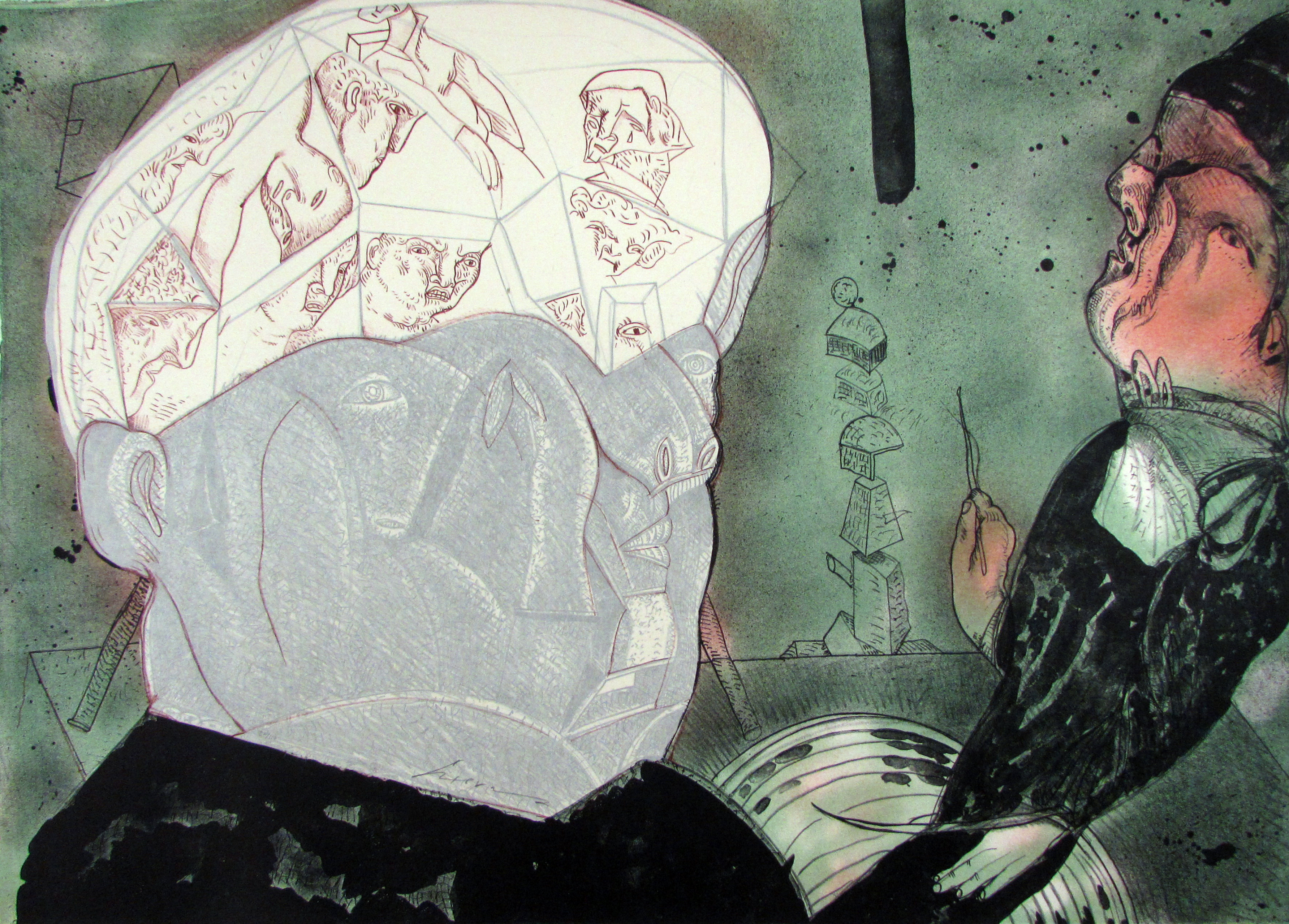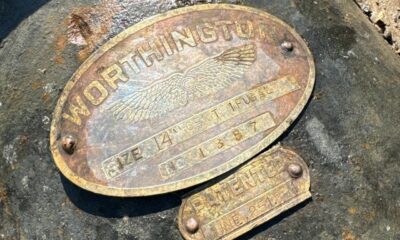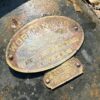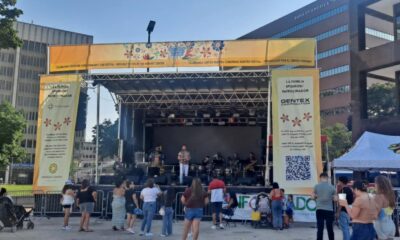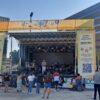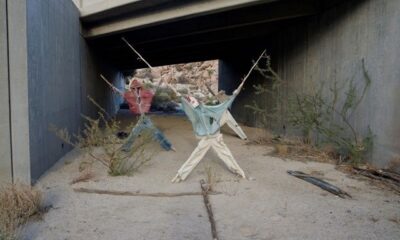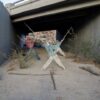HOLLAND – A new exhibition opening at the Hope College Kruizenga Art Museum on Tuesday, Aug. 30, will showcase work by Mexican artists who broke away from the Muralist School and explored a wider range of styles and subjects between the 1960s and the 1980s. These artists came to be known as the Rupture Generation and helped Mexican art evolve in new directions that are still playing out today.
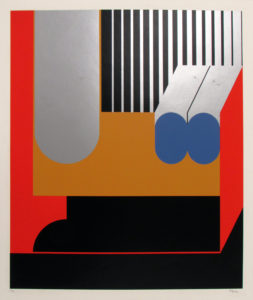
Felguerez
“After the Rupture: New Directions in Mexican Art 1960s-1980s,” which will be on display through Saturday, Dec. 17, will feature a selection of 32 paintings, prints and drawings by 15 artists associated with the Rupture Generation. The interpretive labels and texts for the exhibition will be presented in both English and Spanish. The works in the exhibition are being drawn from the collections of Hope College and Armstrong-DeGraaf International Fine Art as well as several private Michigan collections.
The director of the Kruizenga Art Museum, Charles Mason, noted that while the exhibition is not a comprehensive survey of Rupture Generation art from the 1960s to the 1980s, it effectively conveys the dynamic spirit and diverse styles that characterized the Rupture movement.
“From the 1920s to the 1950s, Mexican art was dominated by the so-called Mexican Muralist School. Heavily influenced by the goals of Mexico’s 1910 Revolution, the Muralists maintained that art should promote political consciousness and social justice. Artists of the Muralist school developed a distinctive style that combined elements of European social realism with indigenous Mexican folk art,” said Mason, who is also the Margaret Feldmann Kruizenga Curator of the museum.
“As memories of the Revolution faded in the 1950s, some younger Mexican artists began to chafe against the orthodoxies of the Muralist school,” he said. “These artists drew inspiration from international art movements such as Surrealism, Abstraction, Neo-Figurativism and Pop Art, and sought to create uniquely Mexican versions of those movements. The artists of this so-called Rupture Generation broadened the scope of Mexican art and strengthened its connections to currents in contemporary art around the world.”
Mason noted that traveling and living abroad in the United States, Europe and South America helped many Rupture Generation artists develop new ideas and forge beneficial relationships with international galleries and collectors. One American gallery that began working with Mexican artists of the Rupture Generation early on was the Forsythe Gallery in Ann Arbor. “The Forsythe Gallery included Rupture Generation artists in numerous exhibitions during the 1960s and early 1970s, establishing Michigan as a global hotspot for contemporary Mexican art of that period,” he said. In 1972, the Forsythe Gallery was acquired by Dan DeGraaf, who changed its name to DeGraaf Forsythe Galleries and eventually moved it from Ann Arbor to Saugatuck. The DeGraaf Forsythe Galleries continued to show Mexican art throughout the 1970s, 80s and 90s. In 2010, the DeGraaf Forsythe Galleries changed ownership again and became Armstrong-DeGraaf International Fine Art, with venues in Saugatuck and Holland. Like its predecessors, Armstrong-DeGraaf International Fine Art maintains works by Mexican artists of the Rupture Generation in its inventory and remains a champion of that art today.
The exhibition is being organized by the Kruizenga Art Museum with involvement from faculty and students in the Hope College Department of Art, Department of Modern and Classical Languages, and Office of Multicultural Education.
Admission to the Kruizenga Art Museum is always free. The museum is open Tuesdays through Saturdays from 10 a.m. to 4 p.m. Please check the museum’s website hope.edu/kam or social media for additional information about special programs and events related to this exhibition.
The museum functions as an educational resource for Hope College and the greater West Michigan community. The museum features two public galleries as well as a classroom and climate- controlled storage space for the 2,000-object permanent collection. It is named in honor of a leadership gift from Dr. Richard and the late Margaret Kruizenga of Holland, each of whom graduated from Hope in

